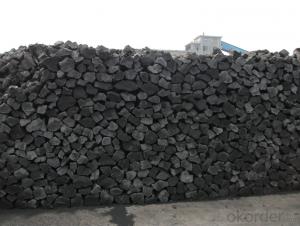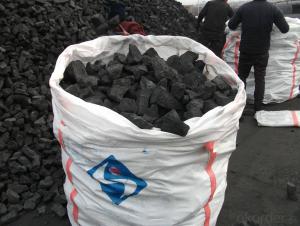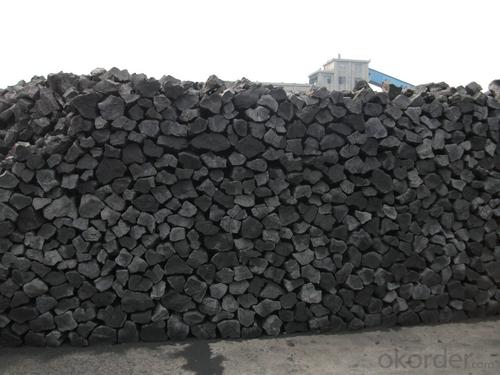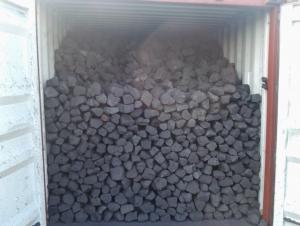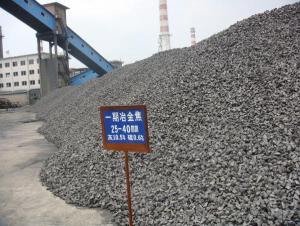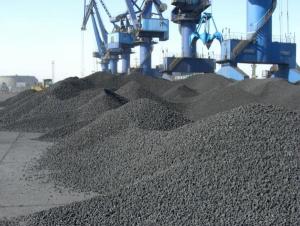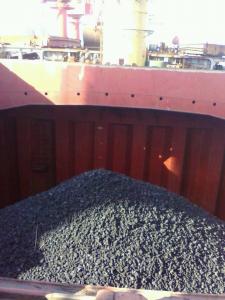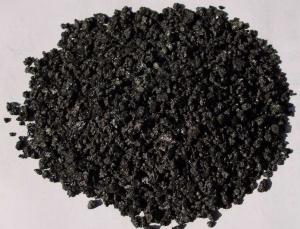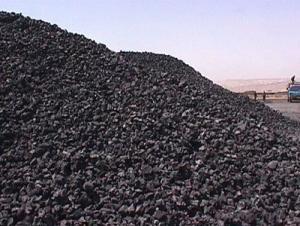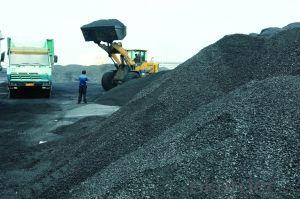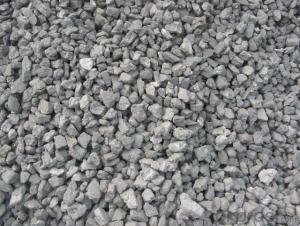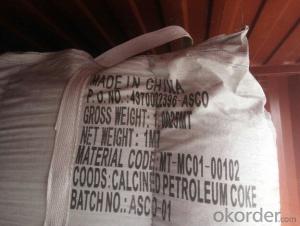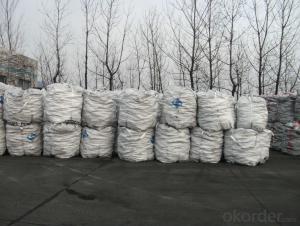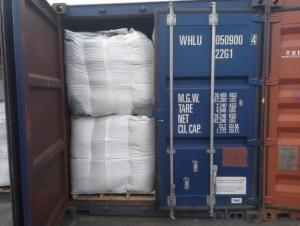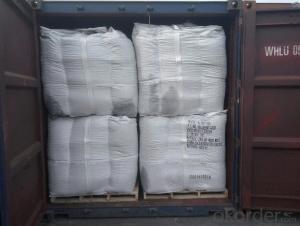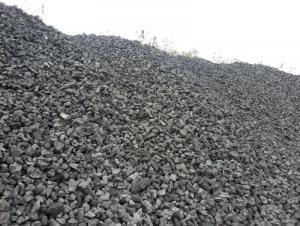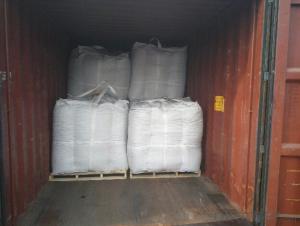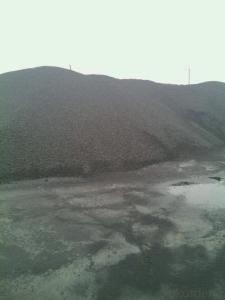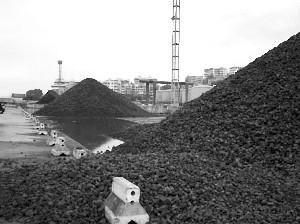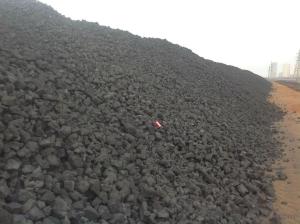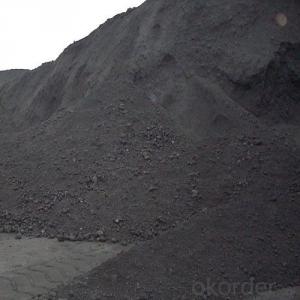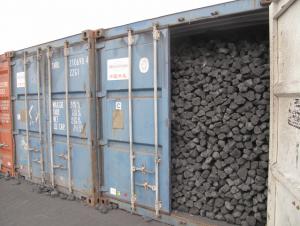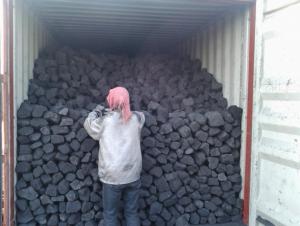Foundry Coke Size 80-120mm
- Loading Port:
- China Main Port
- Payment Terms:
- TT OR LC
- Min Order Qty:
- -
- Supply Capability:
- 10,000MT m.t./month
OKorder Service Pledge
OKorder Financial Service
You Might Also Like
Foundry Coke Size 80-120
Parameters | Guarantee |
Total Moisture (As received basis) | 5% Max |
F Fixed Carbon (dry basis) | 86-90% Min |
Ash (dry basis) | 8-12% Max |
Volatile Matter (dry basis) | 1.5% Max |
Sulphur (dry basis) | 0.6% Max |
Size: | 80-120mm |
Usage/Applications
Cupola isthe most common type of melting furnace used in the foundry industry. Heat,released from combustion of Foundry coke in the bed, melts the metallic charge materials.Cupola operators depend upon foundry coke for several reactions in their meltunits:
● Energy to support the melting of the iron, alloys and fluxes in any givencharge
● Carbon pick-up as the iron drips past the coke bed area upon melting
Main Features of the Product
● High fixed carbon
● Low sulphur
● Ready to ship in stock
Inspection
CCIC at loading port to be final to both parties inquality and quantity
Packaging & Delivery
Foundry coke is to be packedin one ton bag or loose in container.
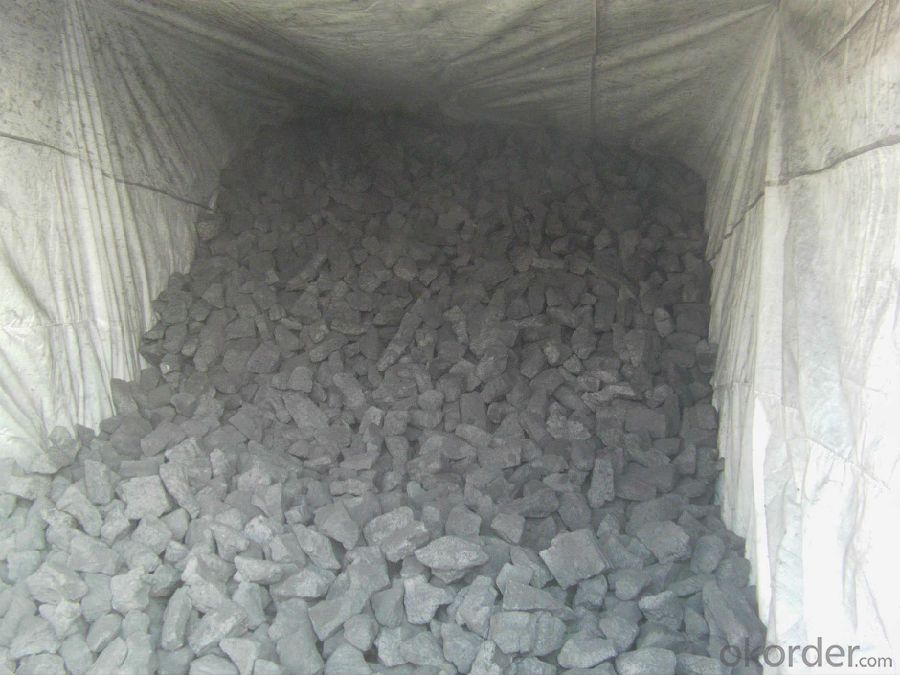
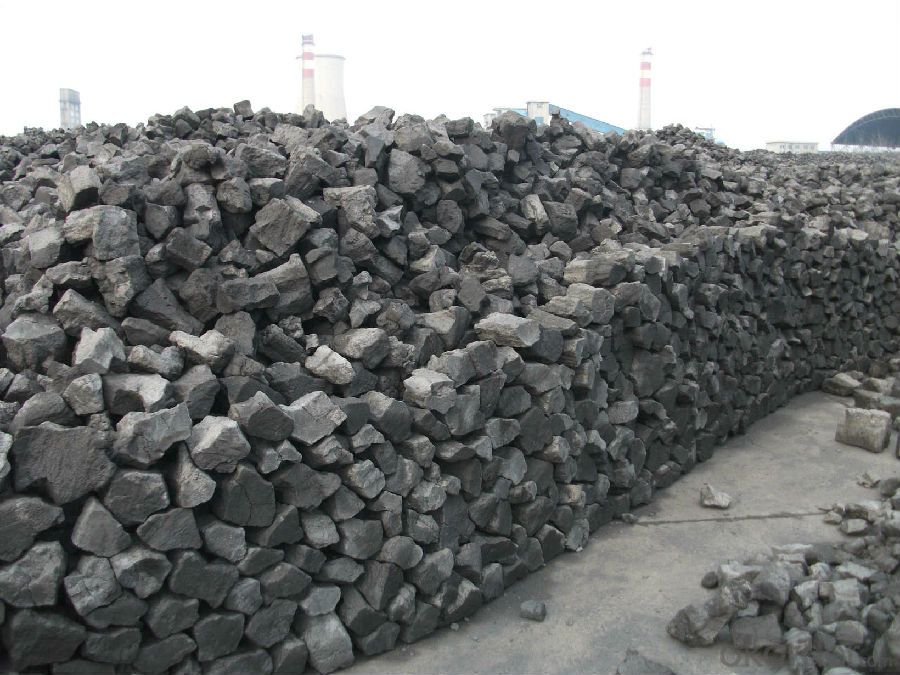
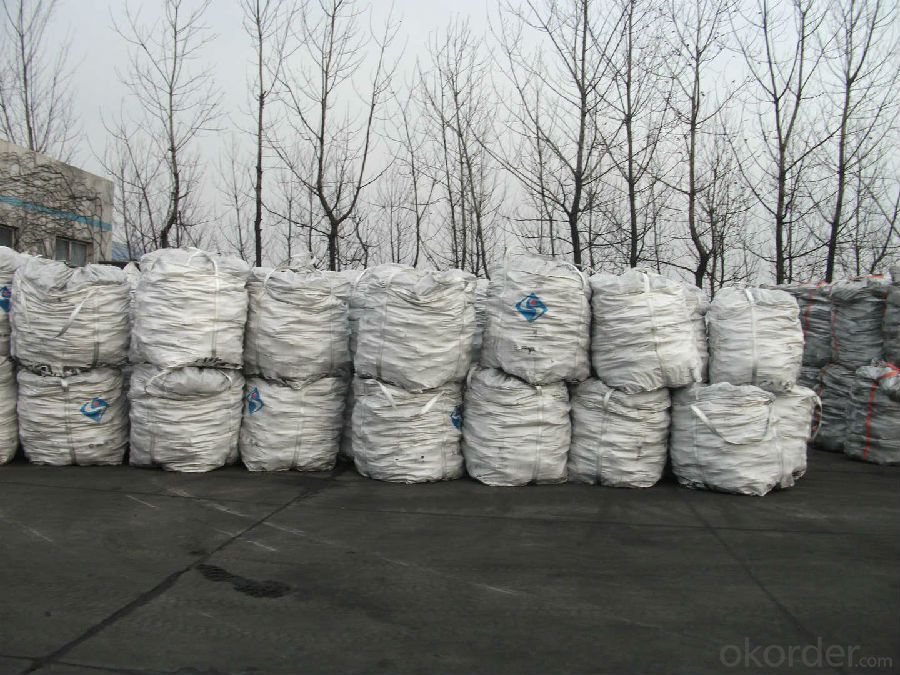
- Q: What is the reasonable ratio of coal to coke
- Coal is mainly composed of carbon, hydrogen, oxygen, nitrogen, sulfur and phosphorus, and carbon, hydrogen, oxygen and three of the total possession of more than 95% of the quality of the machine, is a very important energy, metallurgy, chemical industry is an important raw material
- Q: What is the difference between coking coal and coke
- Therefore, coke is not coking coal, coking coal is one of the products after processing
- Q: What is the difference between coal and coke, heat, price, pollution, smoke, odor. Thank you experts answer
- From the heat, the quality of coke is generally greater than the quality of coal, such as coal, coal and the use of this kind of coal coke, coke prices higher.
- Q: How much coke can a ton of coal
- But before the words to use 1.5 tons of coking coal to produce a total of 1 tons of coke
- Q: What are the requirements for coke and other accounts?
- Futures account opening process1, customers need to carry the original natural person identity card or temporary identity card (must be within the validity period), at least any one settlement bank (China bank, agricultural bank, industrial and commercial bank, construction bank, Bank of Communications) debit card or passbook, to the Futures Company branch or the securities business Department (IB) personally.2, the signing of the "futures trading risk statement", "futures brokerage contract", "bank transfer", "letter of credit" and other agreements, to provide the phone, contact address and postal code.
- Q: What is the use of coke
- From the distribution of coke production in China, the distribution of coking enterprises in China is unbalanced, which is mainly distributed in North China, East China and northeast china. Three, the use of coke coke is mainly used in blast furnace ironmaking and copper, lead, zinc, titanium, antimony, mercury and other non-ferrous metal smelting furnace, reducing agent, heating agent and the role of the material column skeleton. The use of coke instead of charcoal in the blast furnace has laid the foundation for the large-scale development of modern blast furnaces and is a major milestone in the history of metallurgy. In order to achieve better technical and economic indexes of blast furnace operation, the coke (metallurgical coke) must have proper chemical and physical properties. In addition to a large number of coke used in iron smelting and non-ferrous metal smelting (metallurgical coke), but also for casting, chemical, calcium carbide and iron alloy, the quality requirements are different. Such as foundry coke, generally require large size, low porosity, high fixed carbon and low sulfur; chemical gasification, strict requirements for strength, but requires good response, high ash melting point; calcium carbide and coke production requirements to improve the fixed carbon content.
- Q: The sulfur content of coal and coke in general, the coking process of sulfur content of coal into the output of sulfur content of coke compared to those who are high and low?
- The sulfur content of coking coal basically all into the coke, only a small number into the gas but the number is very limited. How much coal is the amount of sulfur in the general coal is the sulfur. It should be said that coke is basically a little lower and a little bit limited.In the process of coking volatile will be a lot of consumption, ash will increase 2-3%.
- Q: What does the M40% and M25% mean in the analysis of coke?
- M40% and M25% represent the breaking strength rate, 40%>25%, which means that the M40% coke is more resistant than M25%
- Q: What is coke? What is the use?
- Lay the foundation for large-scale modern blast furnace, is an important milepost in the history of metallurgy. The blast furnace operation and achieve good technical and economic indexes, smelting with coke (coke) must have appropriate chemical and physical properties, including thermal properties in the smelting process.
- Q: Mechanism of carbon and coke is not the same as the price which high?
- Now, carbon factory has been discontinued, I start the original work - cable maintenance. The first floor of the post is my hair, said all no empty words. A combination of equipment quality is too bad, and Beijing Shougang, cleaning the equipment of large and the fact they are and exactly the same. Beijing is a liar equipment. Zhang Lian do is a donkey trading, factory equipment do Ba Chau are defective, they sold to Beijing fake technology company. I was at his factory inspection equipment of Shougang crooks in the factory. They stay trapped the loss of numerous investors. I now have been unable to recover
Send your message to us
Foundry Coke Size 80-120mm
- Loading Port:
- China Main Port
- Payment Terms:
- TT OR LC
- Min Order Qty:
- -
- Supply Capability:
- 10,000MT m.t./month
OKorder Service Pledge
OKorder Financial Service
Similar products
Hot products
Hot Searches
Related keywords
